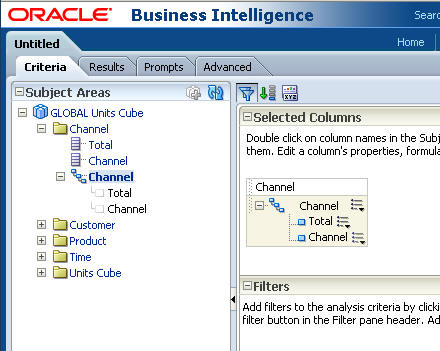Here are a few wrong and correct ways to do it. It returns the first value in an ordered set of values. If the first value in the set is null, then the function returns NULL unless you specify IGNORE NULLS. This setting is useful for data densification.
If you specify IGNORE NULLS, then FIRST _VALUE returns the fist non-null value in the set, or NULL if all values are null. Note: Not all database systems support the SELECT TOP clause. How do I find the most popular item.
FIRST _VALUE and LAST_VALUE Analytic Functions This article gives an overview of the FIRST _VALUE and LAST_VALUE analytic functions. If you are new to analytic functions you should probably read this introduction to analytic functions first. FIRST and LAST are very similar functions.
Both are aggregate and analytic functions that operate on a set of values from a set of rows that rank as the FIRST or LAST with respect to a given sorting specification. If only one row ranks as FIRST or LAST, the aggregate operates on the set with only one element. First , declare a variable l_customer_namewhose data type anchors to the name columns of the customers table. This variable will hold the customer name.
Secon use the SELECT INTO statement to select value from the name column and assign it to the l_customer_name variable. Thir show the customer name using the dbms_output. The FIRST() function returns the first value of the selected column.
How to Select the Top N Rows in Oracle SQL. This method was suggested by AskTom from Oracle. The important point here is that it uses a subquery to do the ordering first , and then the outer query performs the rownum limiting. So if you want only first.
We see that Oracle is smart enough, first , to avoid sorting on (paginator, id) (since an index is available), an secon to use a STOPKEY condition which ceases scanning as soon as it finds enough values. Der select -Befehle ist das Herzstück der Programmiersprache SQL. Alle SELECT -Befehle müssen eine INTO-Klausel enthalten, die definiert, welche Variablen das Ergebnis aufnehmen sollen. A query may retrieve information from specified columns or from all of the columns in the table. Introduction to Oracle SELECT DISTINCT statement The DISTINCT clause is used in a SELECT statement to filter duplicate rows in the result set.
It ensures that rows returned are unique for the column or columns specified in the SELECT clause. With TOP you can specify to retrieve the first N records or the first X percent of records. SQL ist eine deklarative. Wow, that title is a mouthful. Basically i figured out how to use SYSDATE and.
Below are some examples. SSMA für Oracle-Benutzeroberfläche SSMA for Oracle User Interface. ROWCOUNT may be preferred in a SELECT query: when you want to let the web page developer specify how many to return. SUBSTR : Select the first characters of clob_col, and the first bytes of blob_col, for each row.

If this parameter is not use SUBSTR will return everything from the start_position to the end of the string. It would skip the “s” in “she” (because it’s in position 1), and return 1 the position of the first “s” in “seashells”. This function returns first and last value from the list. SELECT INTO A SELECT INTO statement is used to create a new table containing or not containing the result set returned by a select query.
SELECT INTO copies the exact table structure and data into another table specified in the INTO clause. Usually a select query returns result sets to the client application. Она похожа на функции FIRST _VALUE и NTH_VALUE. As with any database platform, Oracle has its own take on the.
You want to select only those individuals that have the highest salary, by department. The Oracle database contains a special pseudo-column named rownum. This can be especially useful when querying very large tables in cases where the user is only interested in the first so many rows from the table.
It is also useful as a performance enhancement for returning ordered records when the user is. The first example is with the classical concatenating function and it merges two texts “ Oracle ” (with a space in the end) and “database“. To avoid the two words would become an one word unless this is intentional we will use a space in the end of the first word.

Figure – Opening a new unshared worksheet. Der Wert NULL steht für den nicht definierten Wert. Vergleiche mit diesem Wert liefern immer FALSE.
So liefert die folgende Abfrage niemals ein Ergebnis: select auftrag_nr, pos from.
Keine Kommentare:
Kommentar veröffentlichen
Hinweis: Nur ein Mitglied dieses Blogs kann Kommentare posten.